Are you sensitive to dairy? Here are the tell-tale signs you’ve got a milk allergy, and how to manage it.
Roughly 2 to 3 percent of the population is born with a sensitivity to dairy (1). While it might seem daunting (or that you’ve been sentenced to a boring diet forever), the truth is that with a few tweaks, you can easily manage a milk allergy.
First, let’s go over what it actually means to have a milk allergy.
Do you struggle with bloating, gas, constipation, or other digestive issues? We’ve created a FREE guide to healing your gut naturally.
Click here to get your FREE copy of our Digestion Guide!
Milk Allergy vs. Lactose Intolerance
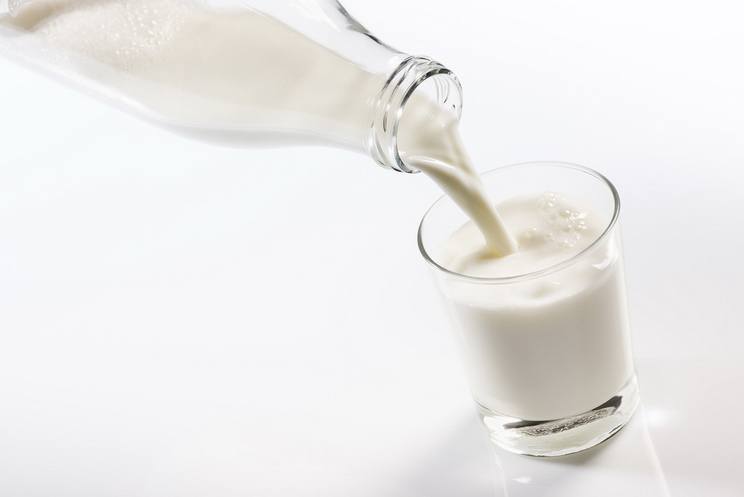
Many people confuse lactose intolerance with a milk allergy, but they are very different afflictions.
Lactose Intolerance
Someone who is lactose intolerant lacks the enzyme lactase, which is required to break down the lactose milk sugar found in all forms of dairy. Symptoms of lactose intolerance include nausea, diarrhea, constipation, or even acne after consuming dairy with lactose. While unpleasant, a lactose intolerance is rarely life threatening.
Milk Allergy
A milk allergy, on the other hand, is a potentially life-threatening reaction to proteins in milk, such as caseinate and whey, and not just lactose. The immune system treats these milk proteins as invaders, triggering severe symptoms that are usually immediate.
9 Milk Allergy Symptoms
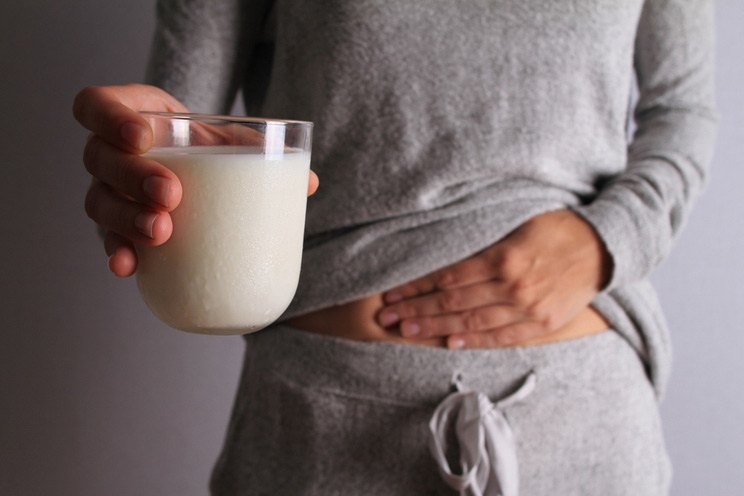
Unlike lactose intolerance, a milk allergy reaction can be life-threatening. Here are the most common symptoms that someone with a milk allergy might experience after consuming dairy.
Immediate Symptoms:
- Wheezing and coughing
- Vomiting
- Hives or rash
Non-Immediate Symptoms (A Few Hours Later)
- Runny nose
- Itchy, watery eyes
- Diarrhea or loose stools
- Rash
- Colic in infants
- Abdominal cramping and discomfort
How to Deal With a Milk Allergy

It can be frustrating to navigate a milk allergy, especially when you consider how many everyday products contain dairy products. Fortunately, there are plenty of options when it comes to replacing milk in your diet. Here are three tips on what to do when you have a milk allergy.
Read Labels Carefully
To follow a dairy-free lifestyle, check labels and avoid all of the following ingredients:
- Casein
- Casein hydrolysate
- Lactalbumin
- Lactalbumin phosphate
- Lactoferrin
- Lactose
- Lactulose
- Whey
This includes these foods:
- Sour cream
- Yogurt
- Butter
- Ghee
- Buttermilk
- Cheese
- Cottage cheese
- Cream
- Custard
- Ice cream
Be aware that this list is not all-encompassing. Other foods that commonly contain milk include chocolate, baked goods and even canned tuna.
Unfortunately, you’ll have to check beyond the “dairy-free” label. Many “dairy-free” products remove lactose but still use milk derivatives like casein and whey. In fact, the term “dairy-free” is not regulated by the FDA or any authority, meaning the definition is left in the manufacturers’ hands (2).
The only way to truly discern whether a product uses milk derivatives is to look for the ingredient statement on the label. This will typically be near the bottom of the label and state “Made with milk”, or “May contain milk”, or “Contains milk”.
Replace Dairy with Nut Milks
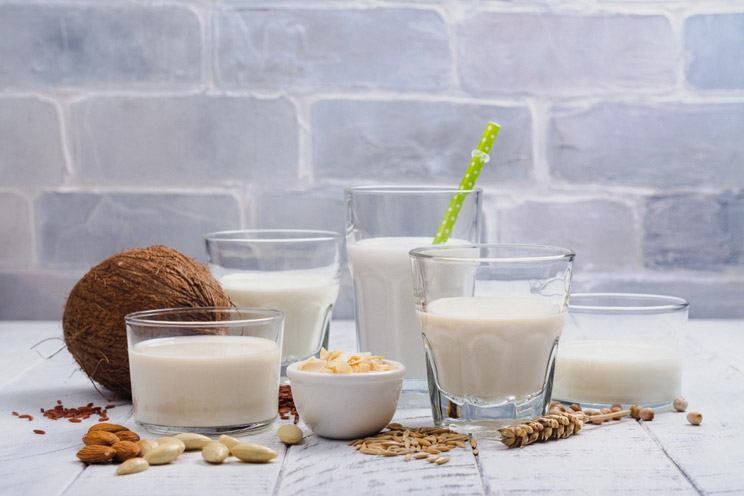
Luckily, non-dairy options are plentiful in most grocery stores. When shopping for a milk substitute, avoid “non-lactose” milks like Lactaid, as these can be heavily processed and laced with hormones and antibiotics. Instead, choose milk made from nuts or seeds, such as:
- Almond milk
- Coconut milk
- Hazelnut milk
- Cashew milk
- Hemp milk
- Pumpkin seed milk
There are also a variety of non-dairy cheeses and ice creams you can find at your local health food store, often made from almonds or coconut. Just be sure to read the labels and avoid any with soy, wheat, corn, or added refined sugar. Better yet, make your own Paleo ice creams, coconut yogurt, and dairy-free cheese so you know exactly what’s going into the food you eat.
Cook with Whole Foods
The easiest way to avoid a possible reaction is to stick to foods in their whole state, including raw fruits, vegetables, wild meats, wild fish, nuts, seeds, and Paleo starches like sweet potato and plantains. You don’t have to worry about sneaky added ingredients when dealing with non-processed foods!
When you do have to purchase a packaged product, double-check that it is only made with whole-food ingredients – nothing you can’t pronounce or have to research extensively.
But What About Nutrition?
You might be concerned that eliminating dairy products will result in a nutrient deficiency, like calcium. Fortunately, you can easily get these nutrients elsewhere. Leafy greens like spinach, kale, and collard greens contain ample amounts of calcium, while nuts, seeds, and grass-fed animals contain adequate levels of beneficial fatty acids found in milk.
A milk allergy might be frustrating, but it’s not unmanageable. The variety of non-dairy products available today can easily satisfy that craving for cheese or a glass of milk, all without the worries of having a reaction.

(Read This Next: These 9 Food Allergies Are Skyrocketing)


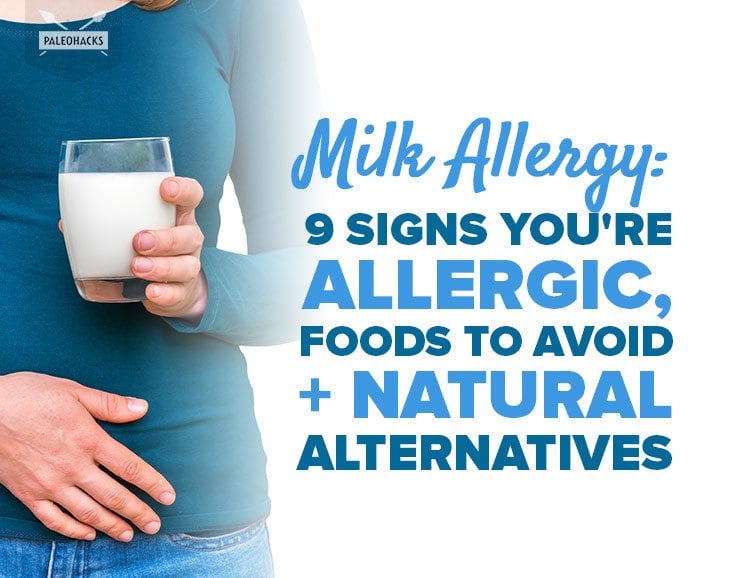
 Paleo Orange Shrimp and Broccoli with Cauliflower Rice
Paleo Orange Shrimp and Broccoli with Cauliflower Rice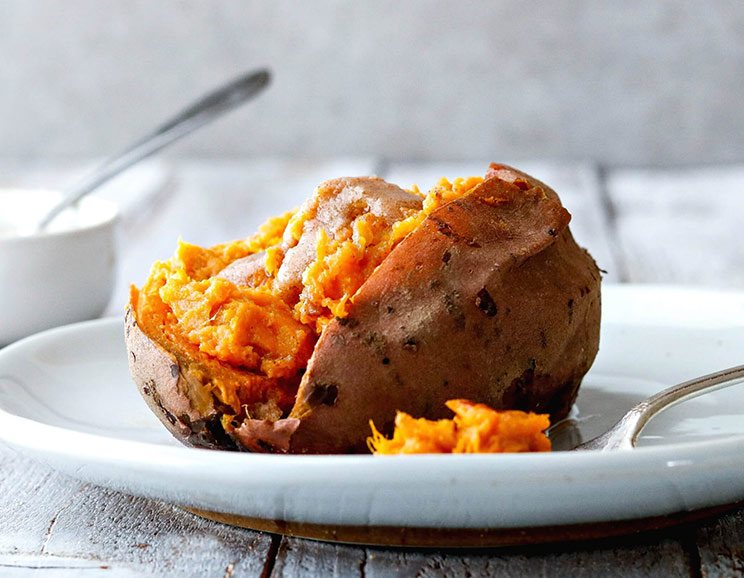
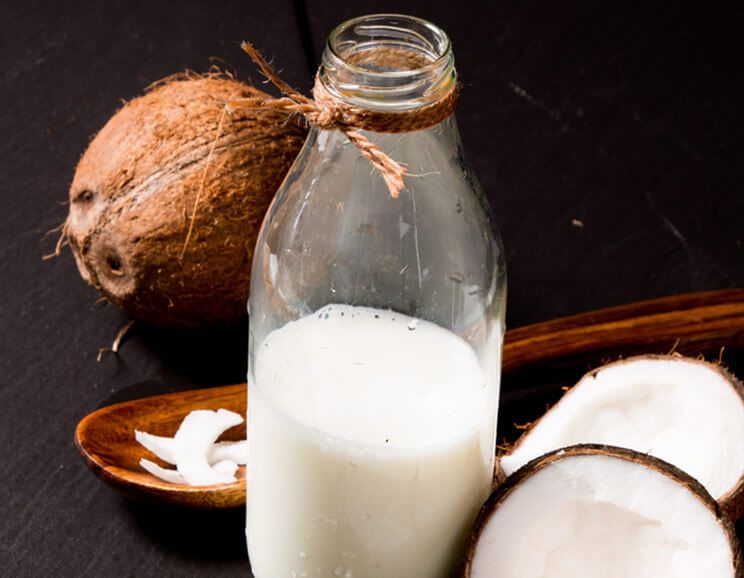
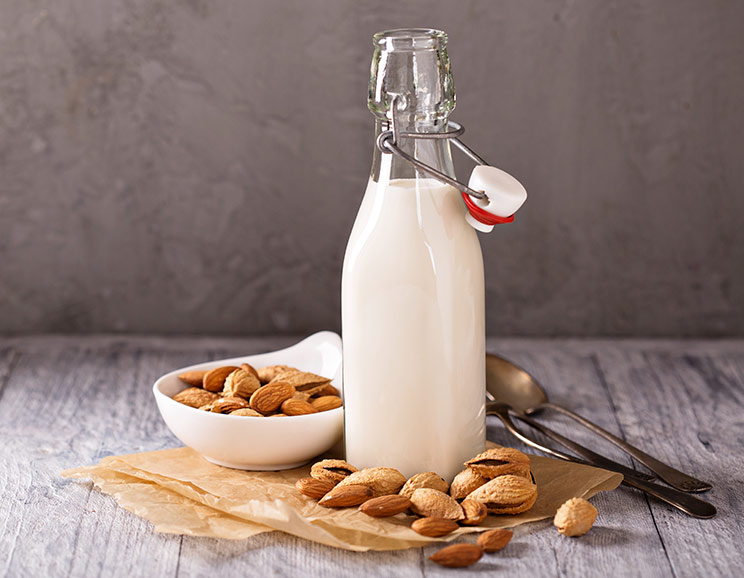
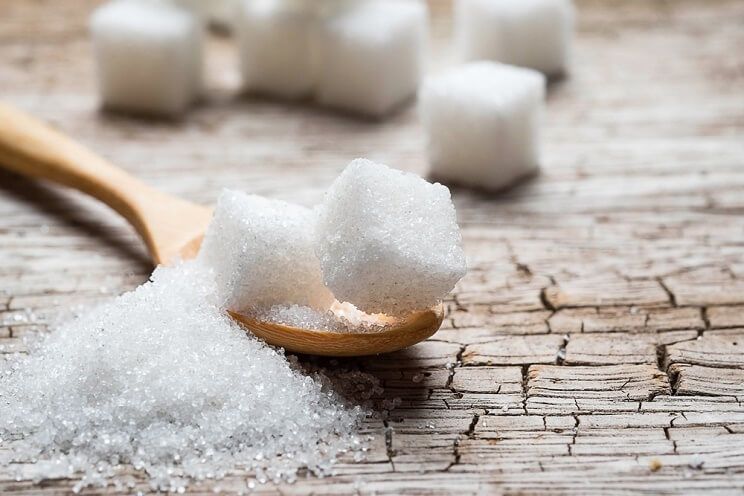






Show Comments